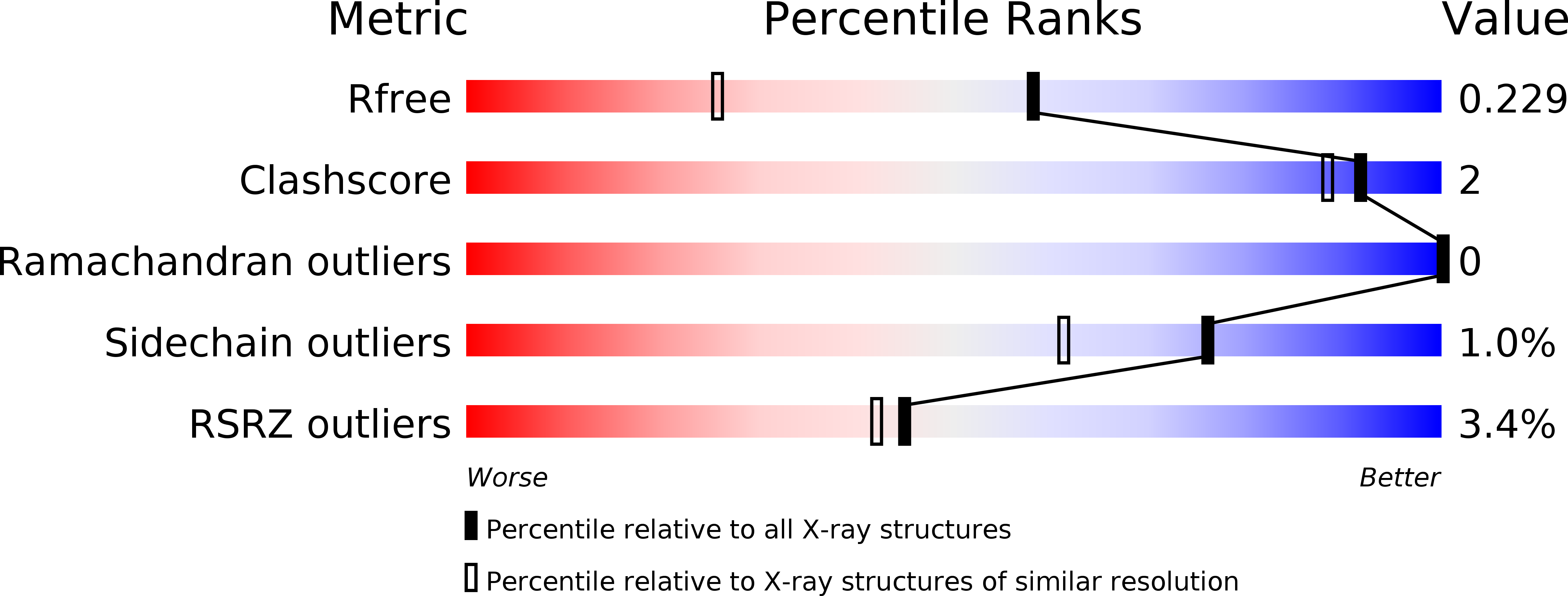
Deposition Date
2008-12-15
Release Date
2009-08-04
Last Version Date
2024-11-20
Entry Detail
PDB ID:
3FJQ
Keywords:
Title:
Crystal structure of cAMP-dependent protein kinase catalytic subunit alpha in complex with peptide inhibitor PKI alpha (6-25)
Biological Source:
Source Organism:
Mus musculus (Taxon ID: 10090)
Host Organism:
Method Details:
Experimental Method:
Resolution:
1.60 Å
R-Value Free:
0.20
R-Value Work:
0.17
R-Value Observed:
0.17
Space Group:
P 21 21 21


